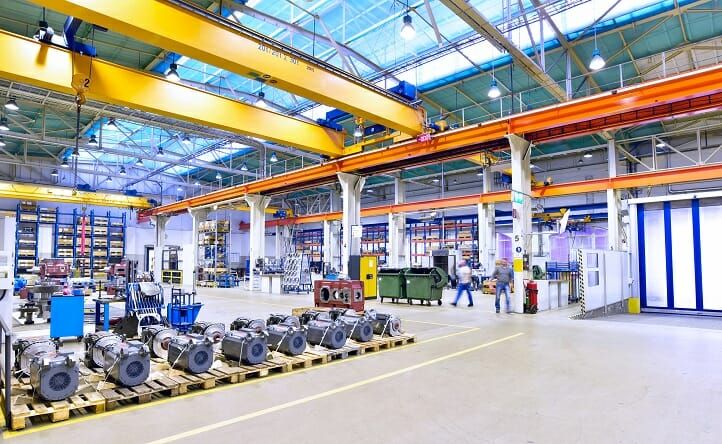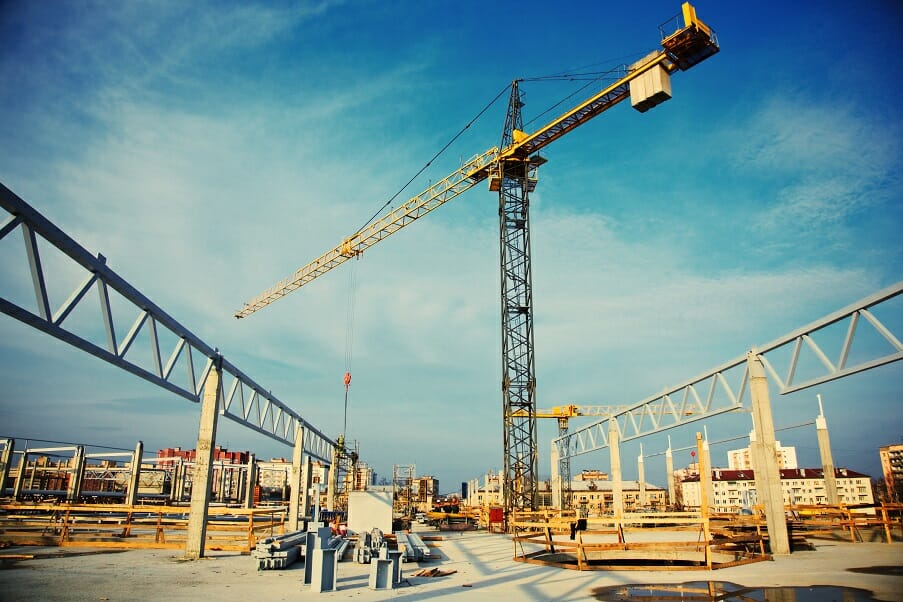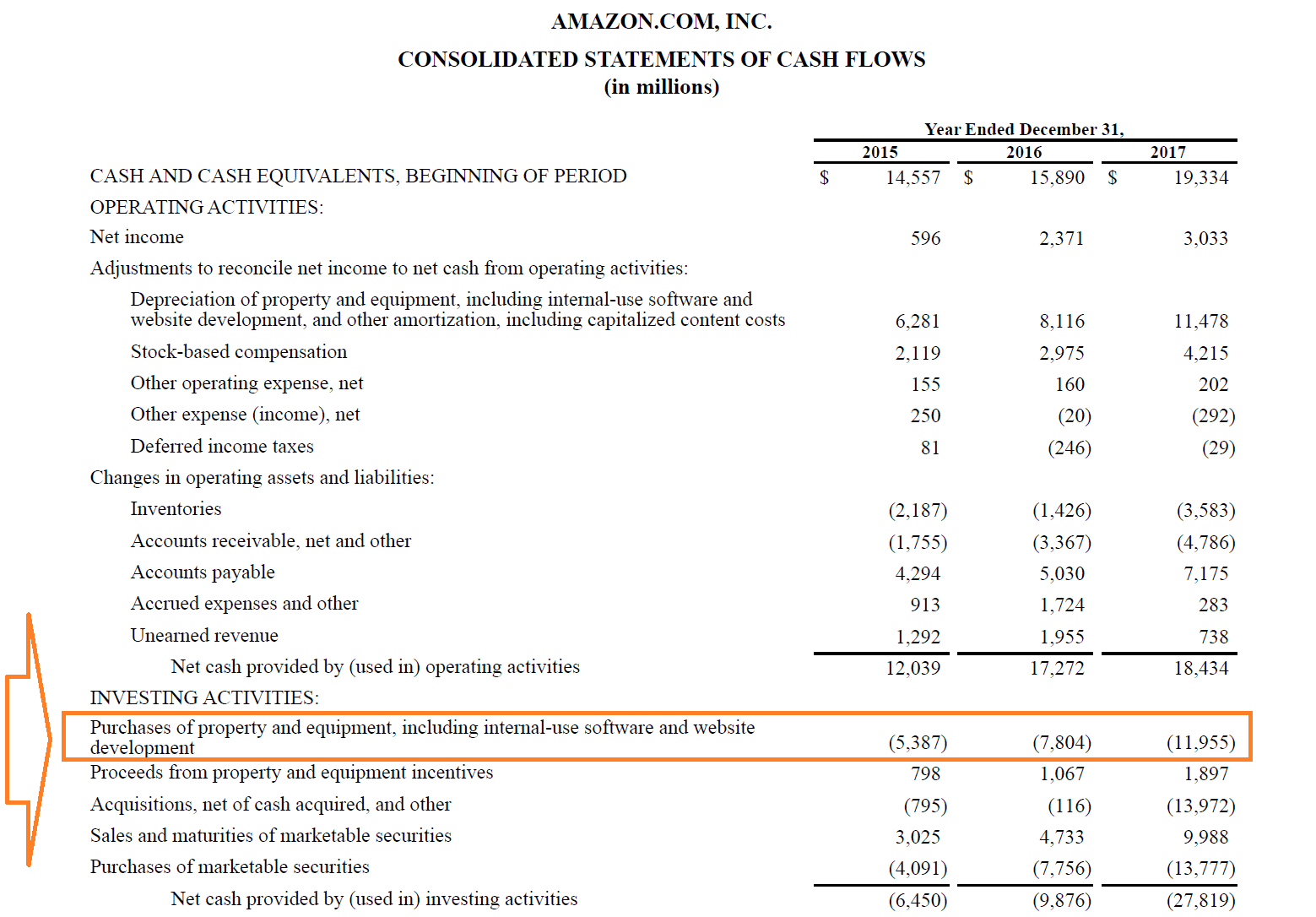Are Capital Projects Used on a Continuous Basis or on a Limited Life Cycle
Capital Expenditures
Funds used for the purchase, improvement, or maintenance of long-term assets
What are Capital Expenditures?
Capital expenditures refer to funds that are used by a company for the purchase, improvement, or maintenance of long-term assets to improve the efficiency or capacity of the company. Long-term assets are usually physical, fixed and non-consumable assets such as property, equipment, or infrastructure, and that have a useful life of more than one accounting period.
Also known as CapEx or capital expenses, capital expenditures include the purchase of items such as new equipment, machinery, land, plant, buildings or warehouses, furniture and fixtures, business vehicles, software, or intangible assets such as a patent or license.

The expenditure amounts for an accounting period are disclosed in the cash flow statement . Capital expenditures normally have a substantial effect on the short-term and long-term financial standing of an organization. Therefore, making wise CapEx decisions is of critical importance to the financial health of a company. Many companies usually try to maintain the levels of their historical capital expenditure to show investors that the managers of the company are continuing to invest in the growth of the business.
Types of Capital Expenditures
There are normally two forms of capital expenditures: (1) expenses to maintain levels of operation present within the company and (2) expenses that will enable an increase in future growth. A capital expense can either be tangible, such as a machine, or intangible, such as a patent. Both intangible and tangible capital expenditures are usually considered assets since they can be sold when there is a need.
It is important to note that funds spent on repair or in conducting continuing, normal maintenance on assets is not considered capital expenditure and should be expensed on the income statement whenever it is incurred as repair and maintenance expense.
Importance of Capital Expenditures
Decisions on how much to invest in capital expenditures can often be extremely vital decisions made by an organization. They are important because of the following reasons:
1. Long-term Effects
The effect of capital expenditure decisions usually extends into the future. The range of current production or manufacturing activities is mainly a result of past capital expenditures. Similarly, the current decisions on capital expenditure will have a major influence on the future activities of the company.
Capital investment decisions are a driver of the direction of the organization. The long-term strategic goals, as well as the budgeting process of a company, need to be in place before authorization of capital expenditures.
2. Irreversibility
Capital expenditures are often difficult to reverse without the company incurring losses. Most forms of capital equipment are customized to meet specific company requirements and needs. The market for used capital equipment is generally very poor.
3. High Initial Costs
Capital expenditures are characteristically very expensive, especially for companies in industries such as production, manufacturing, telecom, utilities, and oil exploration. Capital investments in physical assets like buildings, equipment, or property offer the potential of providing benefits in the long run but will need a huge monetary outlay initially, and much greater than regular operating outlays. Capital costs also tend to rise with advancing technology.
4. Depreciation
Capital expenditures have an initial increase in the asset accounts of an organization. However, once capital assets start being put in service, depreciation begins, and they decrease in value throughout their useful lives.
Challenges with Capital Expenditures
Even though capital expenditure decisions are very critical, they create more complexity:
1. Measurement Problems
The accounting process of identifying, measuring, and estimating the costs relating to capital expenditures may be quite complicated.
2. Unpredictability
Organizations making large investments in capital assets hope to generate predictable outcomes. However, such outcomes are not guaranteed, and losses may be incurred. The costs and benefits of capital expenditure decisions are usually characterized by a lot of uncertainty. Even the best forecasters sometimes make mistakes. During financial planning, organizations need to account for risk to mitigate potential losses, even though it is not possible to eliminate them.
3. Temporal Spread
The costs, as well as benefits related to the capital expenditure, are usually stretched over a relatively long period of time for both industrial projects and infrastructure projects. Such a temporal spread leads to problems in discount rate estimation and the establishment of equivalence.

Efficient Capital Expenditure Budgeting Practices
Major capital projects involving huge amounts of money, as well as capital expenditures, can get out of control quite easily if mishandled and end up costing an organization a lot of money. However, with effective planning, the right tools, and good project management, that doesn't have to be the case. Here are some of the secrets that will ensure that the budgeting of capital expenditure is efficient.
1. Structure Before You Start
Capital expenditure budgets need adequate preparations before commencement. Otherwise, they might get out of control. Before starting a project, you need to find the scope of the project, work out realistic deadlines, and ensure that the whole plan is reviewed and approved. It is at this stage that you should think about how many internal resources will be required by the project, including manpower, materials, finances, and services. To have a more accurate budget, you should have more detail going into the project.
2. Think Long-Term
At the start of your capital expenditure project, you need to decide whether you will purchase the capital asset with debt or set aside existing funds for the purchase. Saving money for the purchase usually implies that you will have to wait for a while before getting the asset you need. However, borrowing money leads to increased debt and may also create problems for your borrowing ability in the future. Both choices can be good for your company, and different choices might be needed for different projects.
3. Use Good Budgeting Software
From the beginning of the project, you should choose a reliable, practical program to manage the budgeting. The type of budgeting software you choose will depend on such things as the scale of the project, speed of the program, and risk of error.
4. Capture Accurate Data
Accurate data is very crucial if you want to manage capital projects efficiently. To create a realistic budget and generate valuable reports, you need to gather reliable information.
5. Levels of Detail Should Be Optimal
Trying to put in too much detail will result in too much time being spent in gathering information to make the budget, which may be outdated by the time the budget is finished. However, too little detail will make the budget vague and, therefore, less useful. The right optimal balance needs to be found.
6. Form Clear Policies
Since the management of capital expenditure in a large organization may involve numerous employees, departments, or even regions, clear policies for everyone to follow should be put in place to put the budget on track.
Capital Expenditures Example
Below is an accounting example of Amazon's capital expenditures in 2015, 2016, and 2017.

What Amazon lists on its Cash Flow Statement as "Purchases of property and equipment, including internal-use software and website development" is its capital expenditures for the periods. On the cash flow statement, these investments are listed as negative numbers (outflows of cash), so in 2017 the company invested $11,955 million.
Key Takeaways
Capital expenditure is the money used to buy, improve, or extend the life of fixed assets in an organization, and with a useful life for one year or more. Such assets include things like property, equipment, and infrastructure. Capital expenditures usually take two forms: acquisition expenditures and expansion expenditures.
Due to their substantial initial costs, irreversibility, and long-term effects, capital expenditure decisions are very critical to an organization. Therefore, budgeting for capital expenditures ought to be carefully and efficiently planned and executed.
Additional Resources
Thank you for reading CFI's guide to Capital Expenditures. To keep advancing your career, the additional CFI resources below will be useful:
- Free Fundamentals of Credit Course
- Cost Behavior Analysis
- Fixed and Variable Costs
- PP&E (Property, Plant, and Equipment)
- Project Finance
Source: https://corporatefinanceinstitute.com/resources/knowledge/accounting/capital-expenditures/
0 Response to "Are Capital Projects Used on a Continuous Basis or on a Limited Life Cycle"
Enregistrer un commentaire